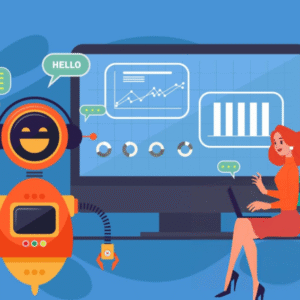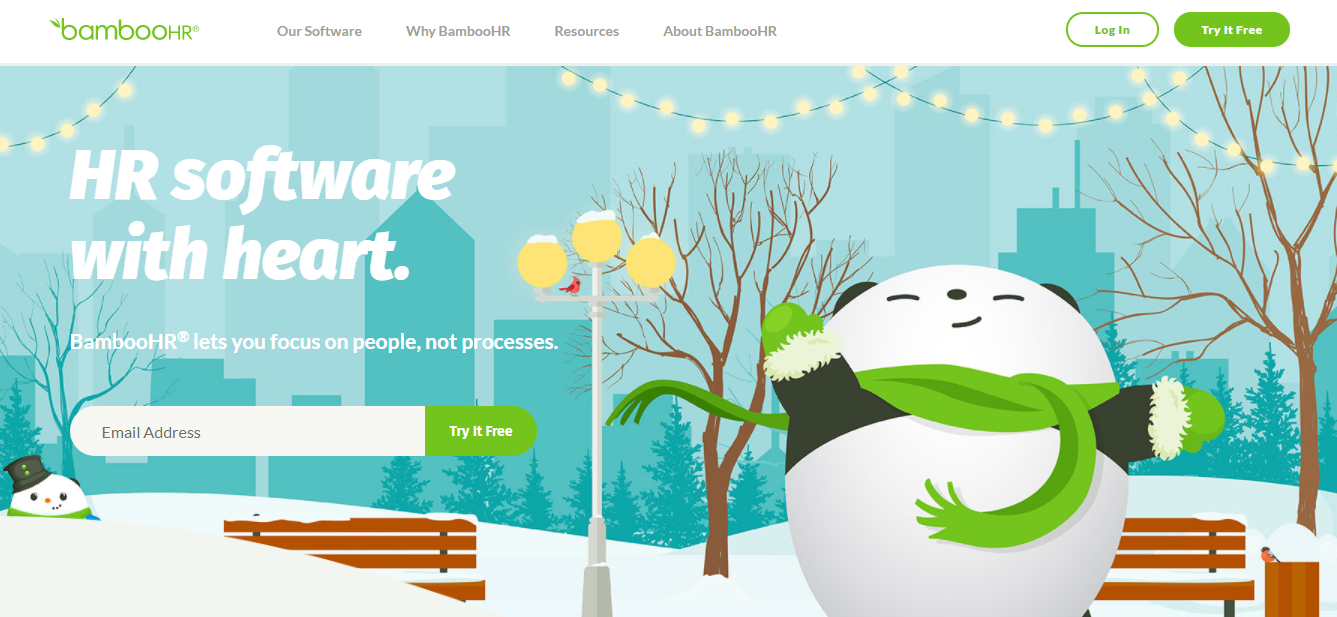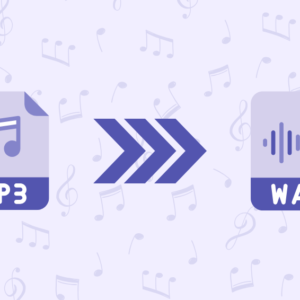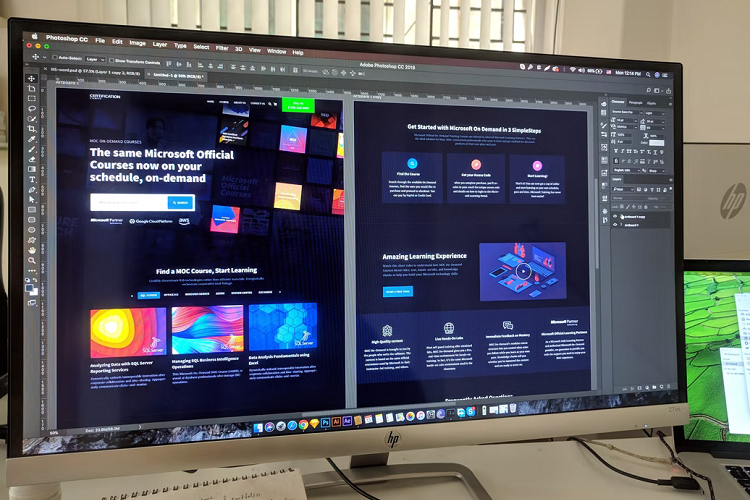The technological advancement in the medical field when it comes to healthcare software has grown to change the whole system. Ever since digital health is progressing steadily, there is no doubt that several programs have turned into the essential instruments for healthcare suppliers, executors, and consumers. Below is an overview of the most common types of healthcare software and their functions in today’s world.
In the current health system, healthcare software is crucial to delivering quality care, cutting costs of care delivery, and facilitating new care models. These types of healthcare will improve in their efficiency as technology progresses which will steer the course of healthcare for many moons to come. No matter if you are a provider, an administrator, or a patient, all these programs are essential instruments for dealing with the heterogenicity of contemporary healthcare.
List of 10 Different Types of Healthcare Software
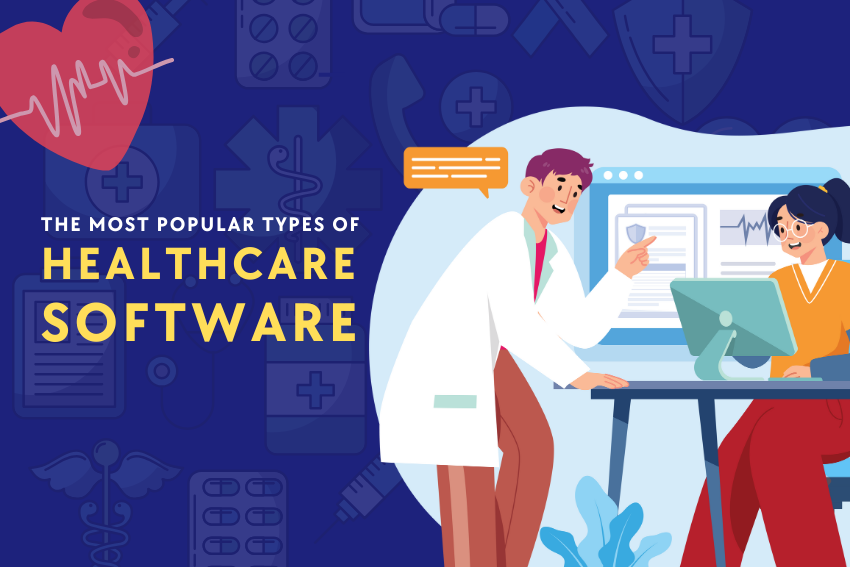
Below are the most popular types of healthcare software that enhance patient care, streamline operations, and improve efficiency in medical practices.
1. Hospital Management System
An all-inclusive software solution to automate and streamline different facets of hospital operations, an HMS is a critical link in the chain for efficient healthcare delivery, as digital transformation becomes the hallmark of the healthcare industry. From patient data management to inventory tracking or even the smooth processing of the billing process, an HMS is an integrated platform that oversees the activities of the hospital and keeps them in order.
One of the significant benefits of adopting an HMS online is the access and management of hospital data remotely. Online systems ensure that updates are real-time, and thus the healthcare professional can have direct access to patient records, schedules, and other relevant data from anywhere at any given time. This flexibility would not only save time but also improve collaboration between various departments, helping healthcare providers deliver timely and effective care.
Demand for HMS solutions in India has been on the rise as hospitals and healthcare institutions embrace digitalization. Increased patient expectations, the need for better healthcare standards, and telemedicine have increased the demand for efficient hospital management software. An HMS in India deals with issues related to the maintenance of patient records, large volumes of data, and healthcare regulation compliance. Hospitals will be somewhat relieved of some administrative burdens with the use of real-time patient tracking tools, scheduling, inventory management, and billing.
Like the integration of HMS in India with emerging technologies such as AI and ML, predict a vital component of patient outcomes so that the operational decisions could be improved using predictive analytics. The modern solution for HMS is cloud-based; thus, the information remains safe yet accessible. Consequently, hospitals would not fear any complexity associated with the management of on-premises infrastructures.
2. Electronic Medical Records
These EMRs are the electronic form of paper charts in a physician’s clinic or hospital. They typically are the medical history, diagnosis, medications, immunizations and dates, allergies, and laboratory testing results, among other recorded data concerning a patient. This allows easier transfer and management of health data-again speeding the accuracy of such data.
One of the greatest advantages is that EMRs are able to track patient information over time. This would make it easier to see progress and be able to make decisions on the plan of treatment. Furthermore, EMRs decrease the possibility of errors with written records, such as misinterpretation of a doctor’s notes or lost files.
EMRs also enhance the safety of patients due to the alerts on drug interactions, allergies, and other risk factors. This is due to the easy access of comprehensive patient information from anywhere, thus allowing better coordination of care especially in emergencies or when dealing with specialists.
Second, EMRs enhance better billing and record-keeping capabilities, which may further support financial health for healthcare institutions. The practices save time and cut costs to operationalize through the reduction of paperwork, thus enhancing both the patient’s and the provider’s quality and efficiency in terms of care.
3. Electronic Health Records
EHR stands for Electronic Health Records. They are the computerized version of paper charts that exist in a patient’s records. They make it easier and more organized to deal with the patient information, thus it becomes easier and quicker to get the medical information compared to a paper-based record. With EHRs, it becomes easier for providers to trace patient history, medication, allergies, lab results, and so many other things. This change from paper-based records to electronic ones was revolutionary in improving the quality and safety of patient care.
Among the important advantages of EHRs, they promote good communication between care providers. Electronic medical records make available critical information, even to doctors and nurses, in other hospitals or practices regarding the patient by specialists. This way, when a new doctor sees a patient, access to that patient’s history will easily be there for his health provider, leading to faster and more informed decisions.
In addition, EHRs are helpful in the prevention of medical errors; these are the adverse conditions primarily for the patients. Therefore, they warn the practitioner of the patient right away about real-time risks of prescription interactions, allergic reactions, or any other mistake in treatment. In addition, EHRs allow for auto reminders on immunization and screenings too so that none of the above health-related precautions is ever missed.
In addition, EHRs help in enhancing patients’ involvement with their treatment. Most applications enable one to access one’s own health record as found through the portal: the access allows tracking one’s own progress and communications with his/her providers toward increasing participation in one’s care treatment plans.
4. Laboratory Information Management System
Among these healthcare software solutions applied to optimize laboratory management and meet regulations is a Laboratory Information Management System. This will allow for easier efficiency in sample management, data tracking, and reporting, critical elements for both research and clinical labs, by bringing multiple functions together under one roof that simplifies workflows.
Generally, a LIMS will automate the sample lifecycle from collection through analysis and storage. It tracks the movement and status of samples, ensures proper labeling, and allows for error-free data entry. In research, LIMS can be very supportive of complex workflows and can even assist in managing experimental data and controlling inventory reagents and equipment. In clinical labs, it will help to be timely or accurate in the result, which is what the care of the patient demands.
LIMS ensures collaboration and sharing of data because authorized people can access data online, increase productivity and enhance communication. It also helps to keep one in compliance with industrial standards like ISO 17025 and FDA regulations with audit trails, documentation, and quality control tools.
This way, a well-implemented LIMS would reduce labor-intensive activities and error-prone steps and maintain laboratory standards for quality and productivity resulting in better end-products both in research and clinical studies.
5. Pharmacy Management System
A Pharmacy Management System is software meant to make and automate several aspects of pharmacy operations. This will help pharmacies manage their inventories, monitor the dispensation of medications, and also handle prescriptions in relation to patients’ contact. Providing all the pharmacy functions on one platform improves efficiency and minimizes errors while enhancing delivery.
The most common characteristic of a PMS is inventory management. The system tracks real-time medication stock levels and, with alerts to pharmacists regarding items that are almost at the point of low level or near the expiration date, it enables pharmacies to have the right quantity so they do not run low, which also reduces waste.
It also makes prescription management easier. The pharmacists will easily check and process prescriptions and, hence, decrease the possibility of dispensing errors and make it accurate. More so, the PMS can create reports of trends in prescription that will enable tracing of probable misuse or abuse of a certain medication.
A PMS also improves patient care by keeping an elaborate history of the medication of the patients. The data is available on time, and pharmacists can guide the patients and support them in time.
In simple words, a Pharmacy Management System plays a very significant role in improving the efficiency, safety, and quality of pharmacy operations and ensures operational success with better outcomes for patients.
6. Hospital Information Management System
A Hospital Information Management System, or HIMS is an electronic platform in which all the processes of a hospital management are included for managing the administrative as well as clinical life more systematically. That is, HIMS looks to replace the traditional paper-bound systems with the help of integrated Hospital management software, which creates more accessible, accurate, and secure patient information.
This system will enhance the care given to patients further because the vital information concerning patients’ medical history, lab tests, and treatment will be directly accessible to health workers. Since HIMS is based on the real-time sharing of information across departments, hospitals can reduce drastically the possibility of errors in hospitals, such as medication mistakes or misdiagnoses.
HIMS improves the general clinical workflows besides also making and smoothing and administrative tasks like billing and resource management. Many such tiresome processes are automatically tackled, allowing the time devoted to the care of more patients. It helps serve more patients with quicker services, from admissions to discharge for every patient.
It, in addition, also enhances the productivity of the hospital with its capacity to support a decision-making process as the system provides reports on performance, patient outcomes, and resource utilization. As long as it can trace vital information in key metrics, it could easily optimize hospital operations and lead to cost reduction and consequently better patient care. For sure, HIMS is one essential tool for digital transformation within healthcare management.
7. Medical Billing Software
A health care provider will have something called Medical Billing Softwaretechnology assisting in the administration and processes of the billing and payment services delivered as regards patient care. It processes the complex submissions of health claims under insurance, payments tracking of records, and handling patient accounts. It’s a sophisticated tool that assists in saving time, eradicating errors, and making proper reimbursements to the healthcare sector on time.
It will significantly minimize human errors in billing and reduce claim rejections and delays due to wrong calculations, wrong coding, and the wrong submission of claims. Therefore, the software minimizes claim rejections or delays caused by health providers, insurance companies, or others by ensuring that all claims submitted are accurate according to proper billing guidelines and regulations.
Medical billing software also shall notify a practice of changing healthcare regulations. Medical billing software will update their codes and procedures in real-time which may allow the provider to avoid expensive penalties or even denied claims.
Detailed reporting and analytics allow a healthcare administrator to track cash flow, trace unpaid claims, and optimize the billing cycle with software. It is convenient to the providers and patients and increases the transparency of the treatment process, thereby raising the overall experience in healthcare treatment with features like patient billing portals.
8. Clinic Management System
The system of managing routine activities in a healthcare clinic through integrated software is known as the Clinic Management System. Such systems make most of these jobs like scheduling appointments, billing, and documentation less bothersome for personnel personnel so that they can manage patients better. The important features of a CMS include its EHR system where healthcare professionals can store digital information related to patients and also gain easy access to it. This will mean no paper records and thus reduce errors and safely store the data of patients with easy access.
The management of appointments is another key feature of a CMS. A patient can book, reschedule, or cancel appointments from his computer. This helps decrease waiting time and efficiency in clinics. The CMS incorporates features of billing and invoicing. This will enable a clinic to monitor its payments and even make insurance claims, producing invoices when necessary. A clinic receives tools in inventory management through the CMS. This will ensure a clinic has all its supplies of medication at any one time.
Report and analytics tools are integrated with many CMS packages nowadays that can help a clinic administrator look at performance metrics, follow up on patient satisfaction, and identify areas of improvement, among others. Generally, the Clinic Management System is an essential tool. It helps the health institution be efficient, improve patients’ experience, and in general, delivery.
9. Inventory Management Systems
An Inventory Management Systems is perhaps one of the most fundamental tools that a company needs to introduce irrespective of its scale. It serves as a monitoring and tracking system for any movement of goods, raw materials, or even finished products. An IMS, in simple words, is a basic requirement keeping a company abreast with the real-time happenings in its stock, ensuring there is an optimization level, wasting nothing, and there remains no such problem as understocking or overstocking. Truly, IMS affords easy inventory tracking from numerous places besides order management and, what is more, the processing of procurement.
The benefits of making use of an IMS would include automating some procedures for you, like placing orders for stocks and ordering tracking, and therefore one is sure to minimize the error-prone to the human, and hence in this case, one can record the stock with no miscalcations. Data collection can become faster and more accurate when it involves features of an IMS, such as bar code scanning and even RFID integration.
IMS solutions also have reports with information and analytics that enable managers to make proper decisions about buying, forecasting demand, and even trends or inefficiencies in the supply chain.
In the long run, an Inventory Management Systems (IMS) enables the enhancement of operational efficiency and reduces costs with increased customer satisfaction. In retailing, manufacturing, and wholesaling, inventory management is the backbone of successful business running and staying ahead in today’s fast-moving marketplace.
10. Electronic Patient Records
Electronic Patient Records, or as they are also known as Electronic Health Records, EHRs: these are electronic versions of paper charts within a patient’s medical history. That means that all health information that is present and current can be given to healthcare providers, which will show in real-time: diagnosis, treatment plans, drugs, immunization dates, and laboratory results, among others. EPR systems are simply computer-based alternatives to the old paper record system making health care not only efficient but accurate and secure.
There are some notable improvements in quality patient care that EPR brings. The providers would have the chance to receive accurate data concerning their patients through the use of EPR, to make better, speedier decisions without a noticeable chance for mistakes. For example, in this case, a possible system of EPR alerts providers of all possible drug interactions, allergies, and duplication tests so the quality of care increases significantly to prevent patient harm.
EPR systems also allow for efficient communication and coordination among various healthcare teams. The reason that patients’ information is going to be accessed by so many specialists and clinicians spread far away, it allows streamlined care where all providers can be in better concordance. Privilege is also accorded to patients to their records, thus the patients are also involved in health care activities.
Generally, Electronic Patient Records transform healthcare into an efficient, transparent, and patient-centered sector that supports better health outcomes without increasing administrative burdens.
Conclusion
Today, healthcare remains in the mainstream of technology. It makes a great contribution toward changes that affect improvements in care for patients, smooth running, and regulations. To date, health facility care has undergone enhanced software technology to accommodate multiple small clinics or large-scale hospital settings. A tool could be able to assist in making arrangements on patient files, billings, communication, or making any diagnosis. Now with the incorporation of digital transformation, thousands of healthcare software systems are available for almost all aspects of hospital management.
One of the most popular is EHR (Electronic Health Records), through which, one can digitize the health records of a patient making easier access to updating clinical histories for providers. Further, EMR is associated with the record of physician-patient encounters and specifically targets clinical data. Next to this comes the use of HMS which manages different types of activities related to the administration of hospitals as they relate to scheduling staff and resource distribution.
Among others, Practice Management Software (PMS) has an essential role in a day-to-day function, providing support to medical offices including scheduling, billing, claims processing, and telemedicine which gives the means for carrying out remote consultations besides health care access to patients. Some other forms have included Pharmacy Management Systems, Laboratory Information Management Systems, or LIMS, and HealthCare Analytics Software, to name a few, that support a successful run of running of medical services.
With healthcare innovation continuously changing the sector, these types of healthcare software solutions are helping healthcare professionals to provide better care through higher efficiency and improved patient satisfaction. It is therefore important for both providers and patients to understand the different types of healthcare software as they navigate the evolution of the healthcare environment.

